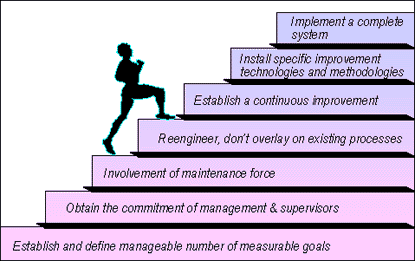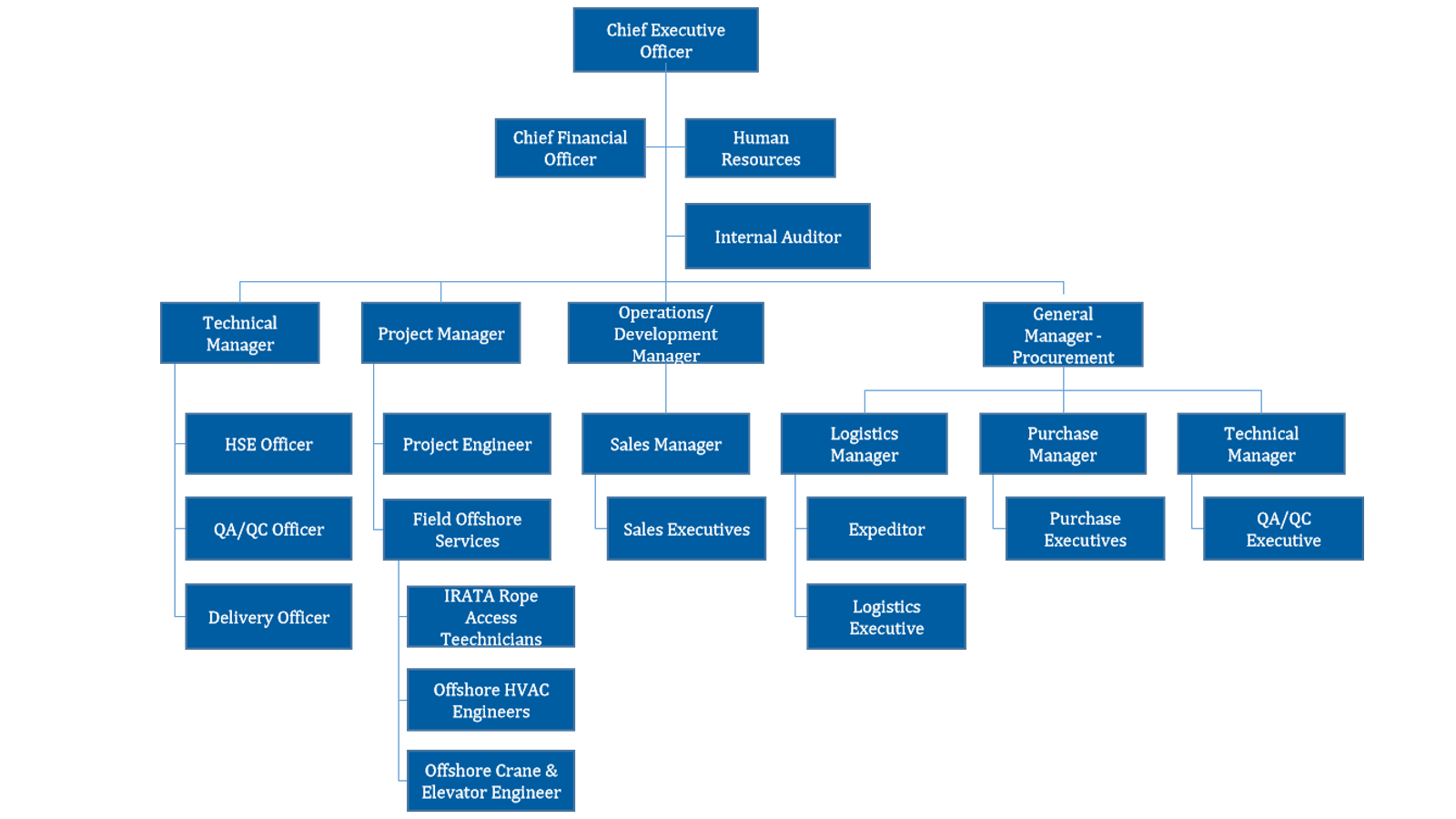

As a whole, your maintenance routine should touch on all of the bases that you’ve been working on in your strength training. What Does Maintenance Look LikeĮveryone progresses at their own unique rate, so a maintenance routine will look different for every athlete. Not sure what your benchmark goals are? The strength training calculator and Coach Chad’s Strength Training Benchmarks are optional suggestions for guiding your strength training. If you’ve achieved your benchmark goals and can maintain them with relative ease, you may be ready to start strength training maintenance. Strength training benchmarks are weight, rep, or general strength goals that maximize the productivity of your strength training. Strength Training BenchmarksĪnother way to determine when it’s time to shift to maintenance is when you’ve hit your strength training benchmarks. It doesn’t matter when you make the shift what’s most important is that you shift when it’s right for you. Regardless of when you choose to swap to maintenance, be cognizant of the signals your body is sending you. Other athletes may find that as early as they get started with base training that a progressive strength training plan is too much to maintain on top of cycling training.

Most athletes find that by the time they reach the Build Phase, that it’s time to take a step back from strength training. This point comes at different times for everyone. Similarly, if you feel mentally burnt-out or low on motivation, that’s a good indication that there’s too much stress in your training plan. You may intuitively know when you’ve reached this limit, but if you don’t, failed cycling workouts onset by fatigue is a good indication that you need to dial it back. It’s time to shift into maintenance mode when your training plan’s workload is more than you can handle in concurrence with a strength training plan. The best part is that it takes very little to maintain what you’ve gained. Adhering to a regular maintenance routine can help you continue all the benefits that resistance training brings. You might not be setting any personal records with a minimal strength routine like this, but you will probably be able to maintain a lot of the good that comes with frequent strength training. You should be able to complete a maintenance regimen in conjunction with your cycling training plan. It incorporates exercises and practices that are challenging enough to brush up on your current abilities, but not so challenging that they leave you feeling fatigued. A maintenance routine is a simple, low-stress strength training routine. Instead, when you can’t maintain a progressive strength training plan, start completing a maintenance routine. Strength training helps guard against injury, reduces muscle compensation, helps you become stronger, and improves efficiency.

There are numerous benefits for endurance athletes who maintain a strength training routine year-round. So what do you do when your cycling training plan overpowers your strength training? If possible, you won’t want to stop strength training. If strength training prevents you from completing your cycling workouts or is pushing you towards an injury, it defeats the purpose. As a cyclist, the goal of functional strength training is to complement the structure and goals of your cycling training plan. The fatigue, onset by strength training, can interfere with harder cycling training sessions, and the physical demand of your cycling training plan can become too much to stay productive and safe in the gym. But, once your cycling training plan begins introducing intensity, this balance becomes tricky. Maintaining this balance is straightforward in the off-season when you’re not following a cycling training plan, and easier in the base season when the lower overall levels of training stress leave room for experimenting. Otherwise, they risk overtraining or interfering with the progression of their cycling training. Through incremental challenges followed by enough rest, your body adapts and grows stronger.Īthletes following a strength training plan in conjunction with a cycling training plan have to balance their strength rest-and-stress with their cycling rest-and-stress. In a cycling training plan, you build strength through a progressive training overload followed by sufficient rest.
STRENGTH MAINTENANCE MANAGEMENT SYSTEM HOW TO
Here’s how you can tell when it’s time for strength training maintenance and how to start building your own strength training maintenance routine.īalancing Strength Training With Cycling Training You can extend the benefits of strength training into your cycling training season with a basic maintenance routine.


 0 kommentar(er)
0 kommentar(er)
